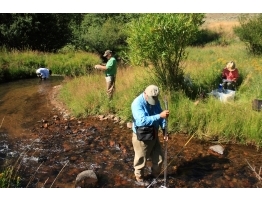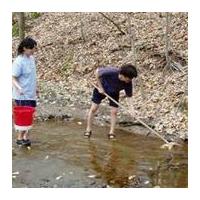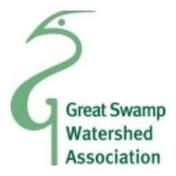Search for Eviota sp. [trans white & red streaks] returned 61 results.
-
Biodiversity Science project: Virginia Small Streams
Catalog Virginia Small Streams
-
Biodiversity Science project: WV Save Our Streams Program
WV Save Our Streams trains citizen scientists in West Virginia how to monitor and become watchdogs over their local wadeable streams and rivers. The program focuses on a biological approach to stream study, which includes the collection and evaluation of the benthic macroinvertebrate community and an assessment of the stream’s basic physiochemical conditions.
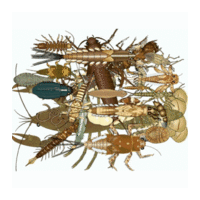
-
Biodiversity Science project: Monitor Streams and Creeks in Santa Cruz County and anywhere I bike or hike
I regularly trail run, Mountain Bike and hike with my GPS and cross many streams and creeks. I would like to report stream levels and if any flow.
-
Biodiversity Science project: Loudoun Stream Monitoring
Virginia's Loudoun Wildlife Conservancy needs citizen volunteers to identify aquatic insects in local streams. The type and quantity of these insects, called benthic macroinvertebrates, tell a good story about the quality of water in the stream and its surrounding habitat. Monitoring is done in teams of three or four experienced and novice monitors who follow the Virginia Save Our Streams monitoring protocol...
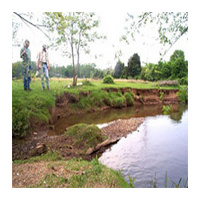
-
Biodiversity Science project: Madison Stream Team
Since 2010, the Madison Stream Team has been collecting water quality data in the Madison Watershed to gain a better understanding of resource conditions, and to help direct future management decisions. To prepare for data collection, Stream Team members go through a one day technical training in early summer. Then, each member dedicates one day in July, August, and September to conduct monitoring on one of their assigned streams...
-
Biodiversity Science project: Stream Selfie
What's in YOUR water? We all have the right to know if the streams running through our backyards and neighborhood parks are safe. But there is an alarming lack of up-to-date information about water quality across the country. Stream Selfie is here to bridge that information gap. Stream Selfie connects you with thousands of other citizen scientists to paint a picture of streams across America. Simply snap a pic of your local stream and share it here...
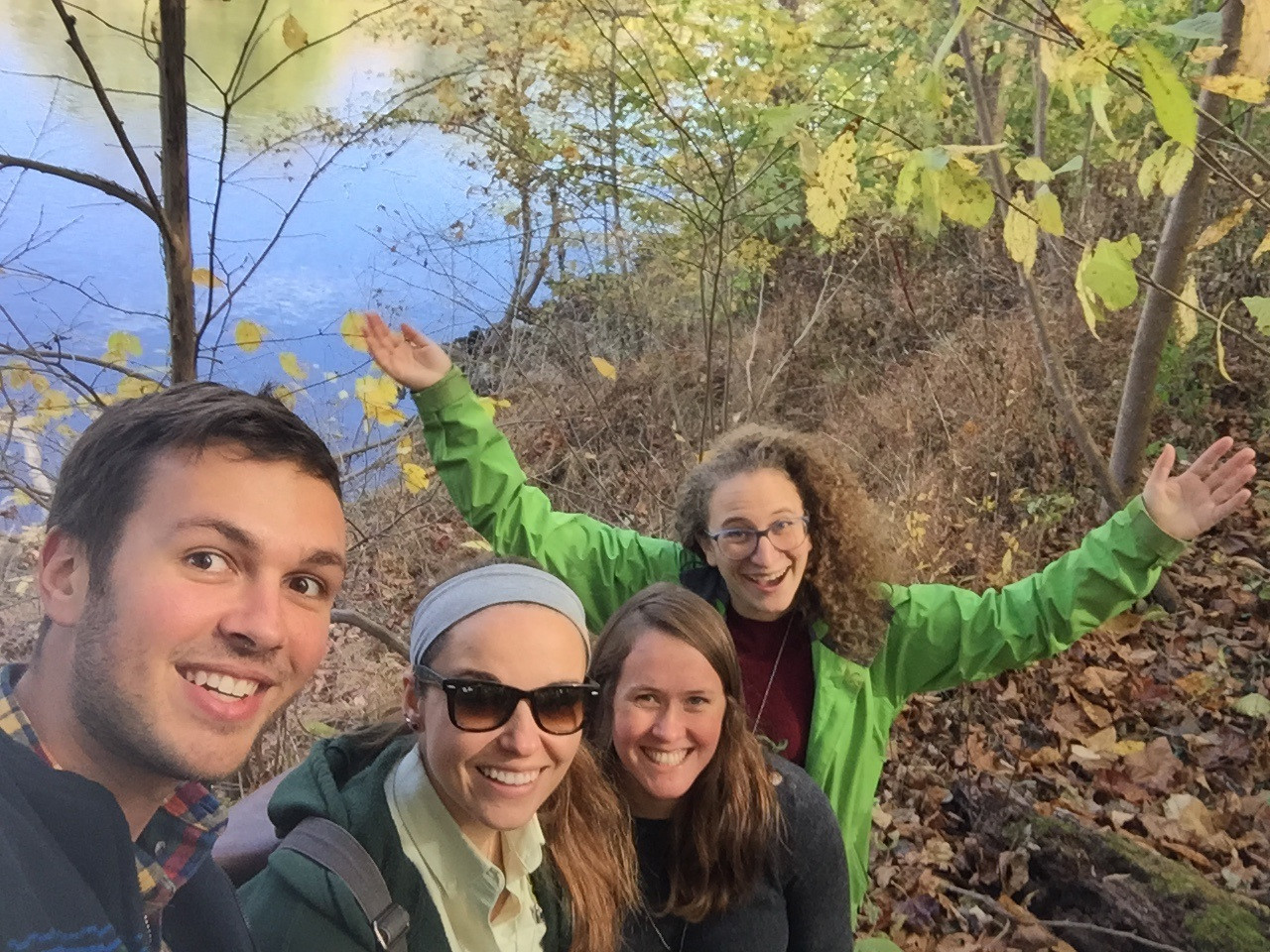
-
Biodiversity Science project: Stonefly Search
These underwater creatures elude most predators by growing during the winter months when most fish are more sluggish. They live only in good quality streams so searching for them tells us about problems in the river and its streams. The reason that HRWC does stonefly searches is to use their presence to gauge the health of our streams. When you sign up to volunteer, you will join a small group of other volunteers to search a selected stretch of stream or River for stoneflies...
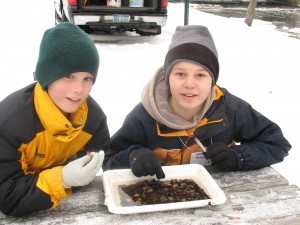
-
Biodiversity Science project: Winter Stonefly Search
These underwater creatures elude most predators by growing during the winter months when most fish are more sluggish. They live only in good quality streams so searching for them tells us about problems in the river and its streams. The reason that HRWC does stonefly searches is to use their presence to gauge the health of our streams. When you sign up to volunteer, you will join a small group of other volunteers to search a selected stretch of stream or River for stoneflies...

-
Biodiversity Science project: Jug Bay Macroinvertebrate Sampling
Maryland's Jug Bay Wetlands Sanctuary needs volunteers to collect, count, and identify macroinvertebrates (small animals without backbones) in its streams. The sanctuary is in southern Anne Arundel County, 20 miles east Washington, D.C., and 18 miles south of Annapolis, Maryland. One indicator of good water quality is a diverse and abundant population of macroinvertebrates. A dip in oxygen levels or a plume of pesticide can make a stream inhospitable to more sensitive animals...
-
Biodiversity Science project: GSWA Stream Team
GSWA's Stream Team monitors the five streams in the Great Swamp watershed, a 55-square-mile region in New Jersey's Morris and Somerset Counties. Monitoring includes both chemical and visual assessments. The primary goal of the chemical monitoring program is to measure the volume of water, nutrients, and sediments flowing into the Great Swamp National Wildlife Refuge...
